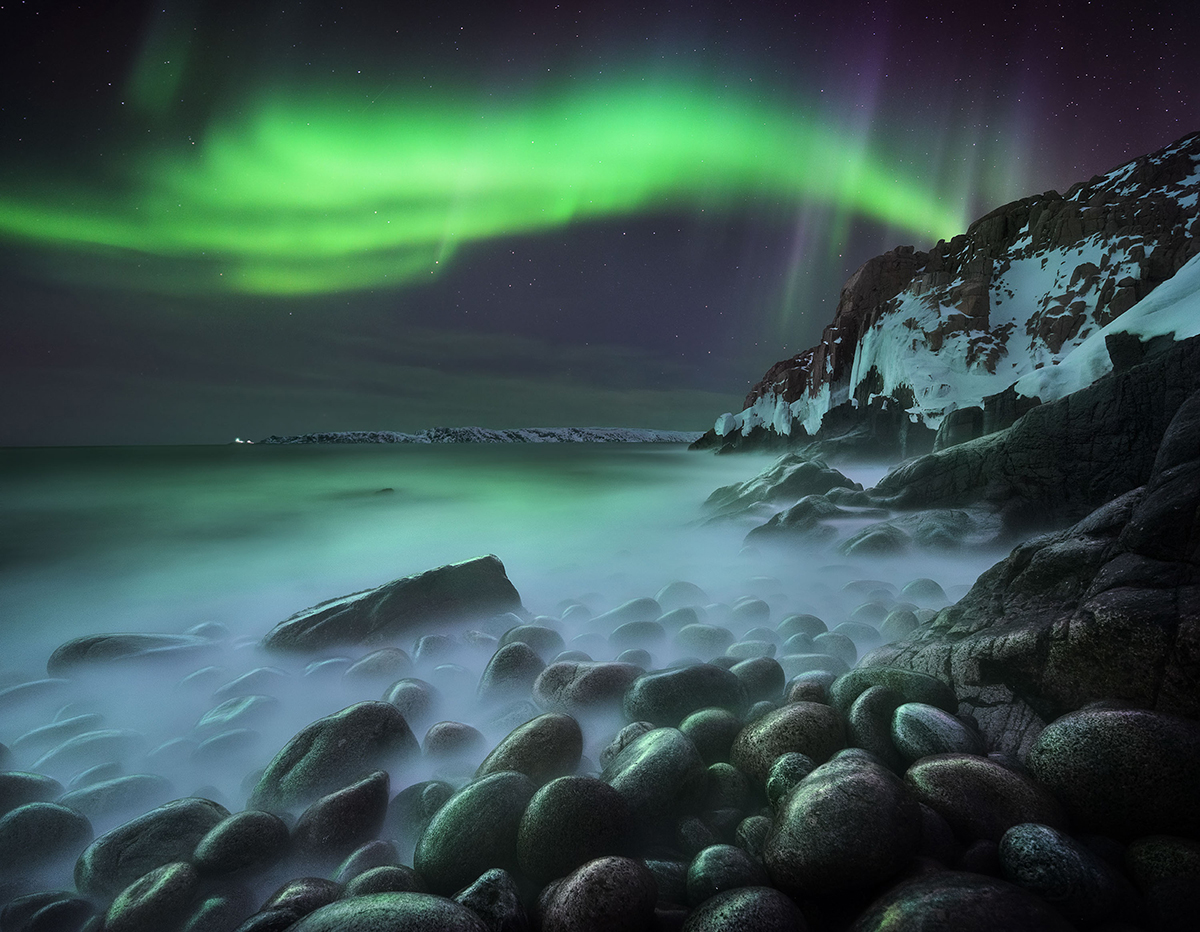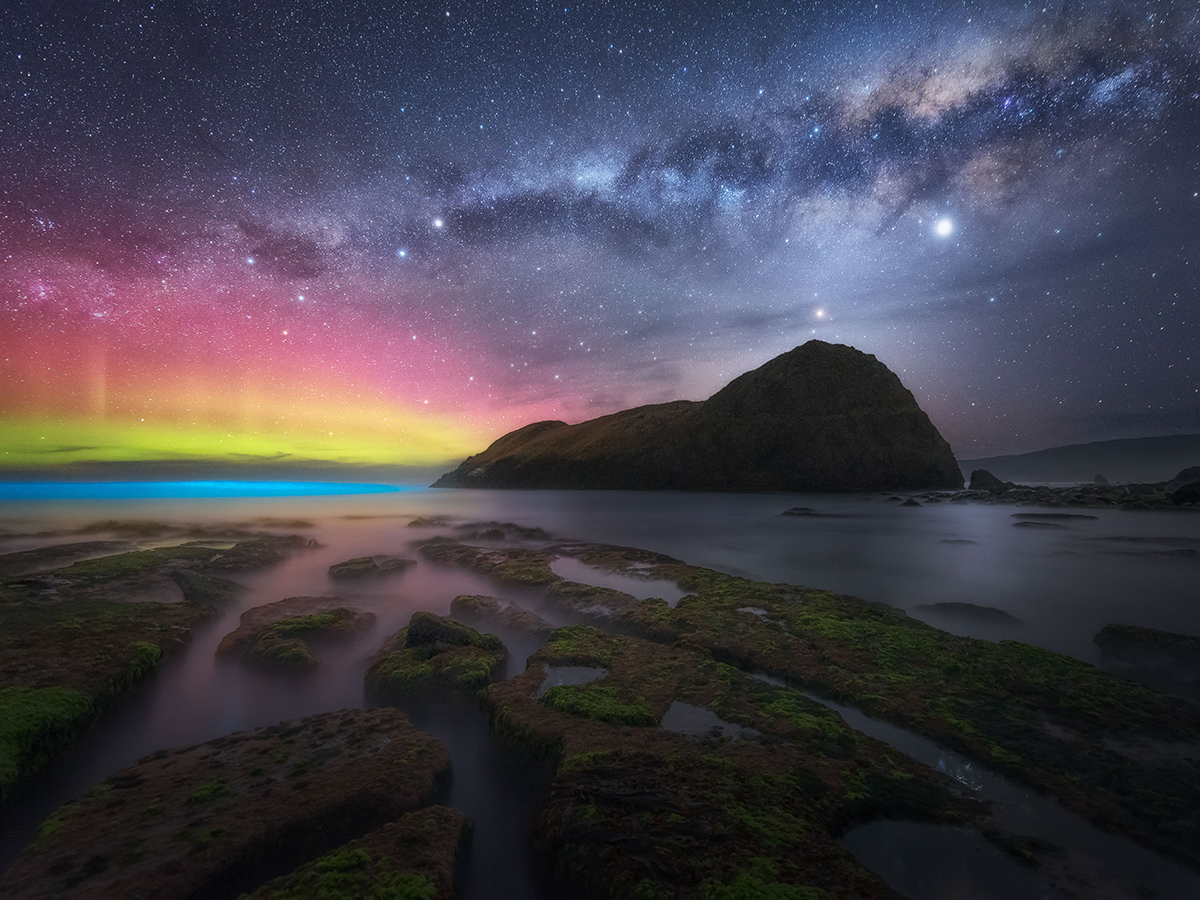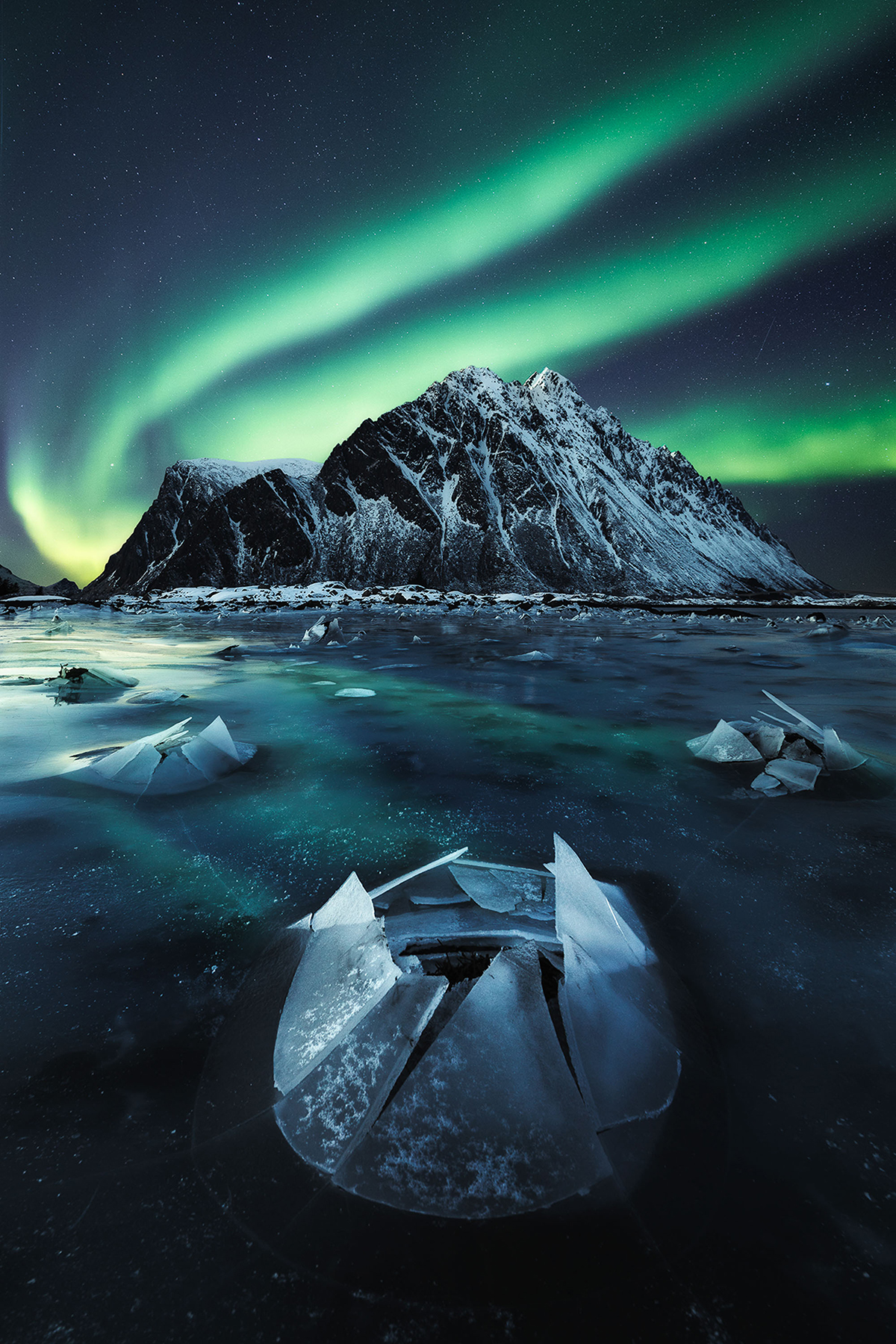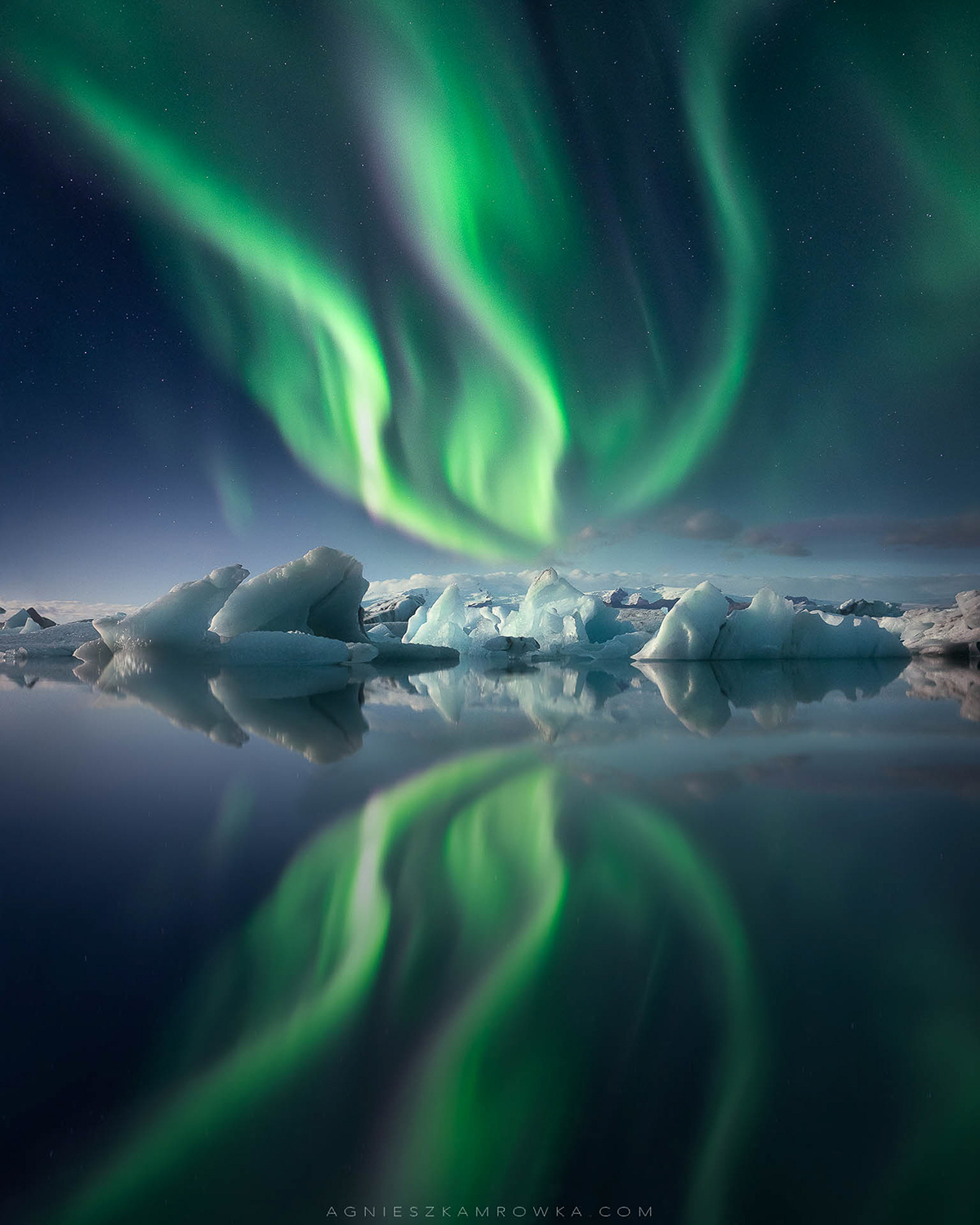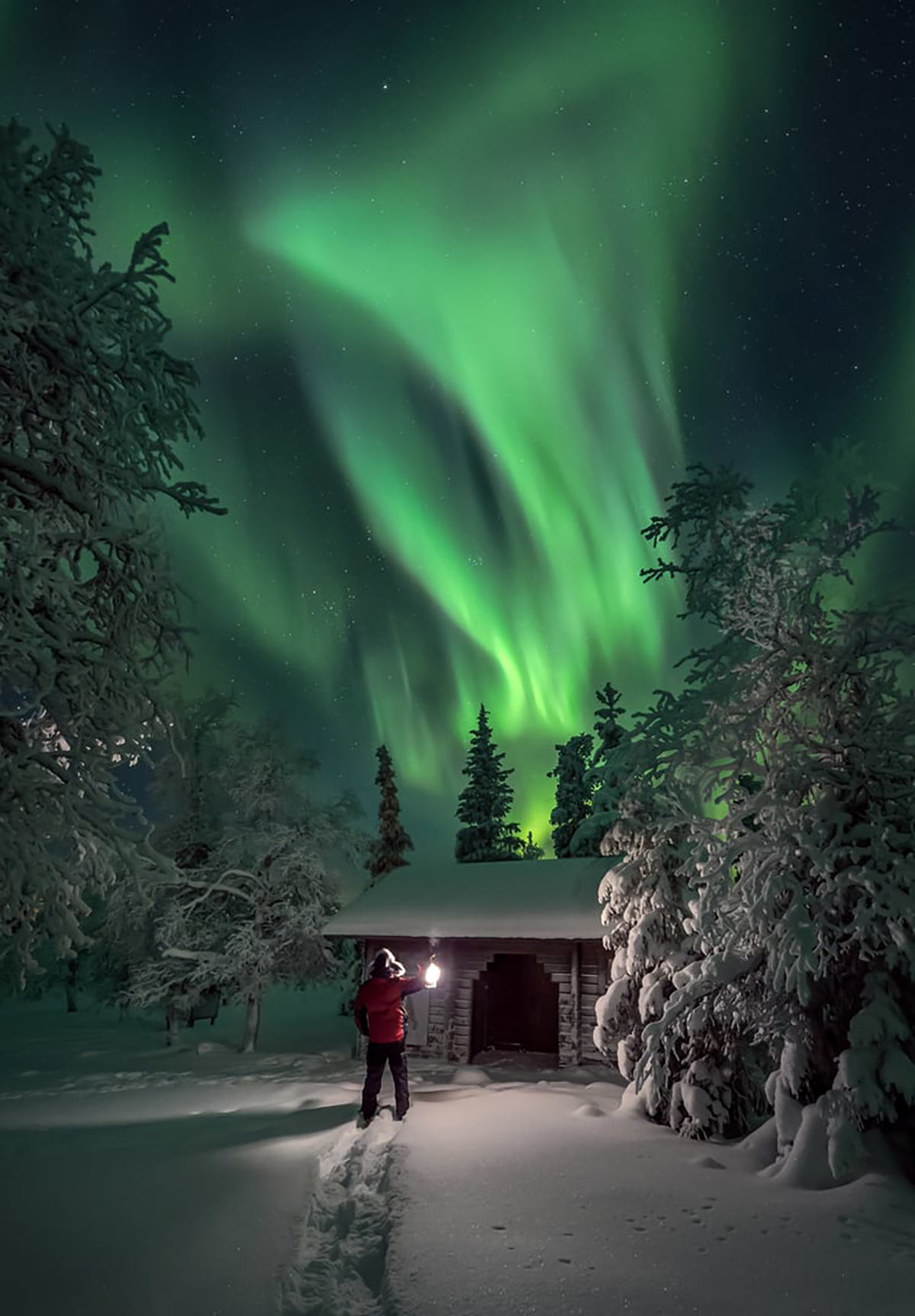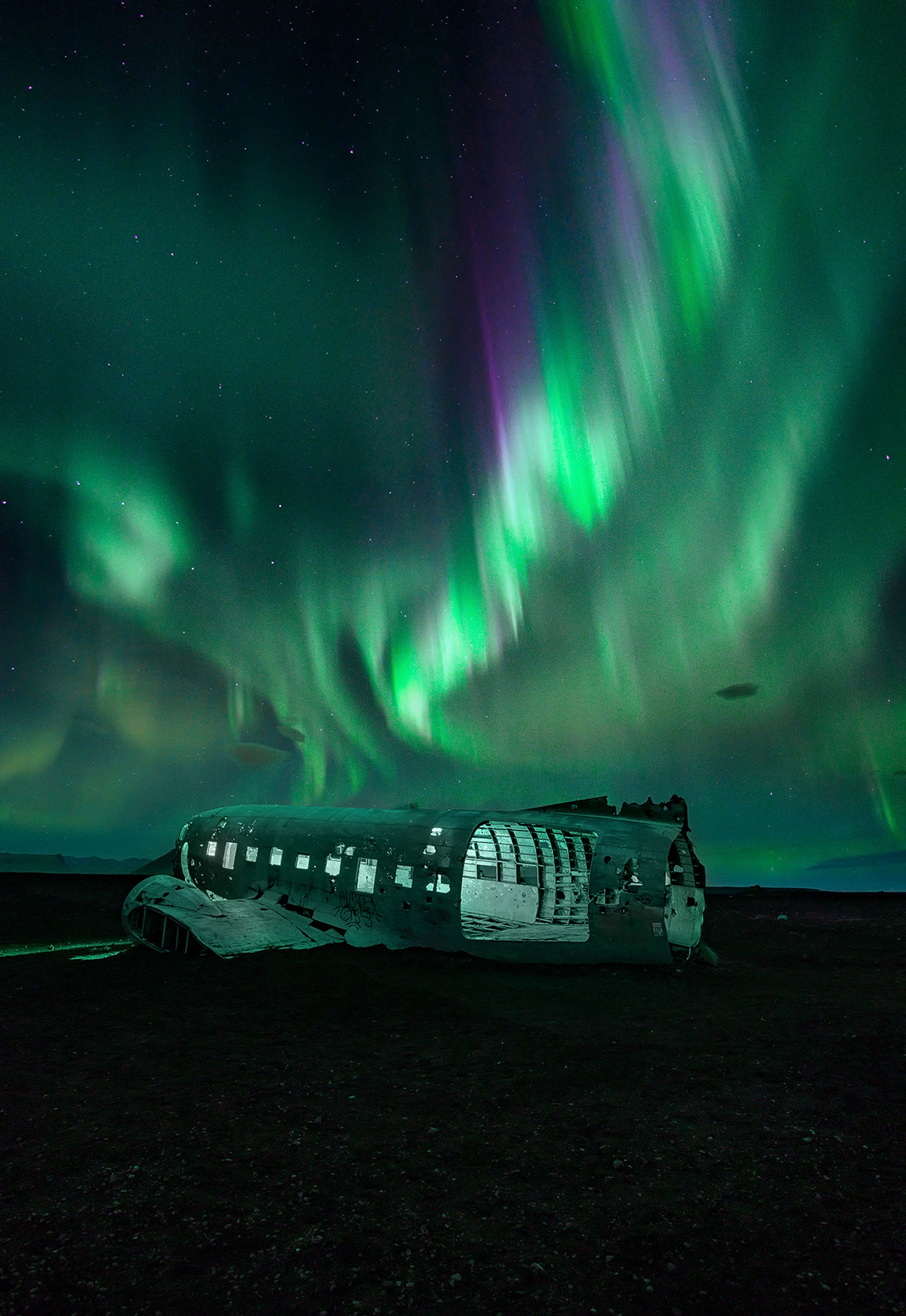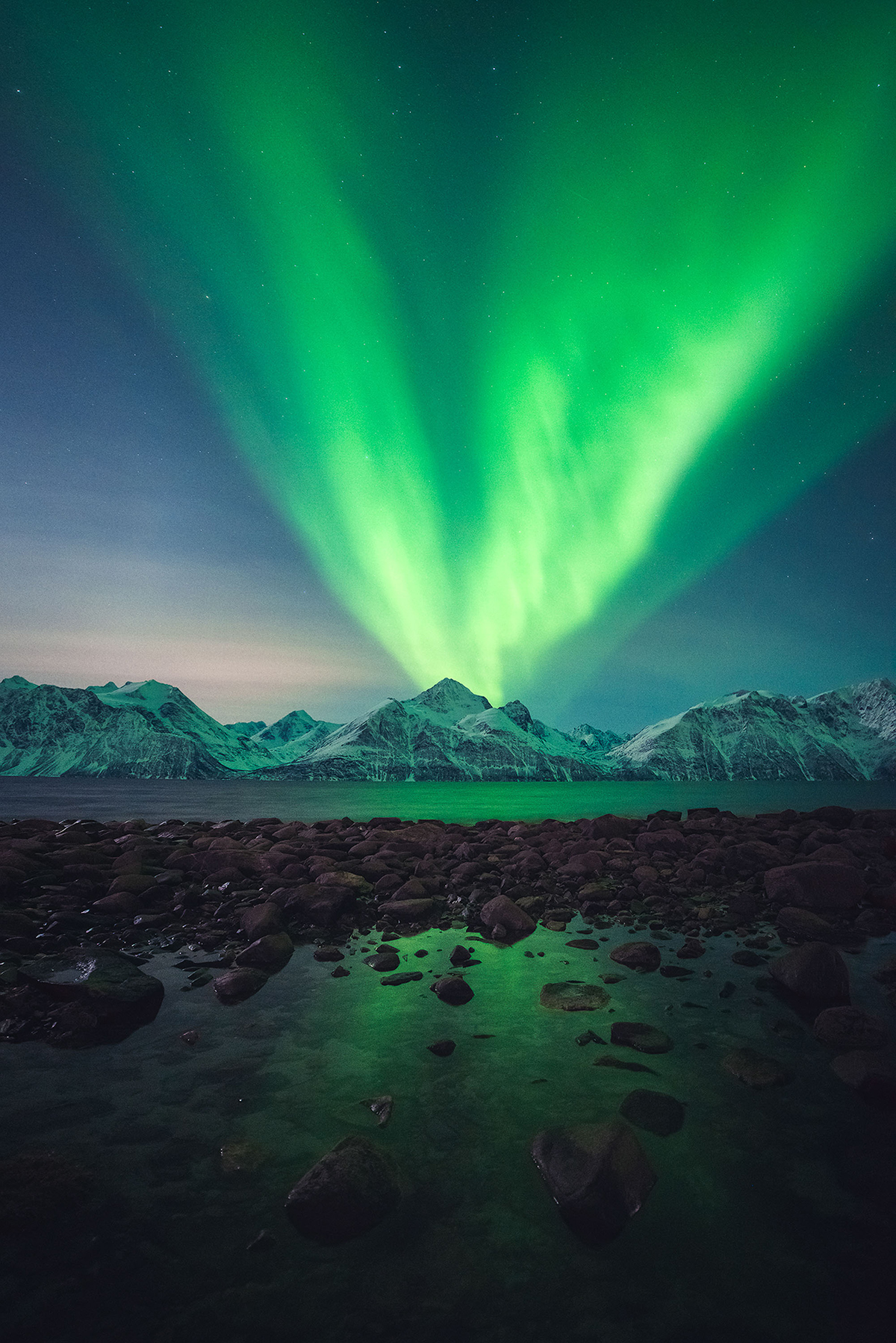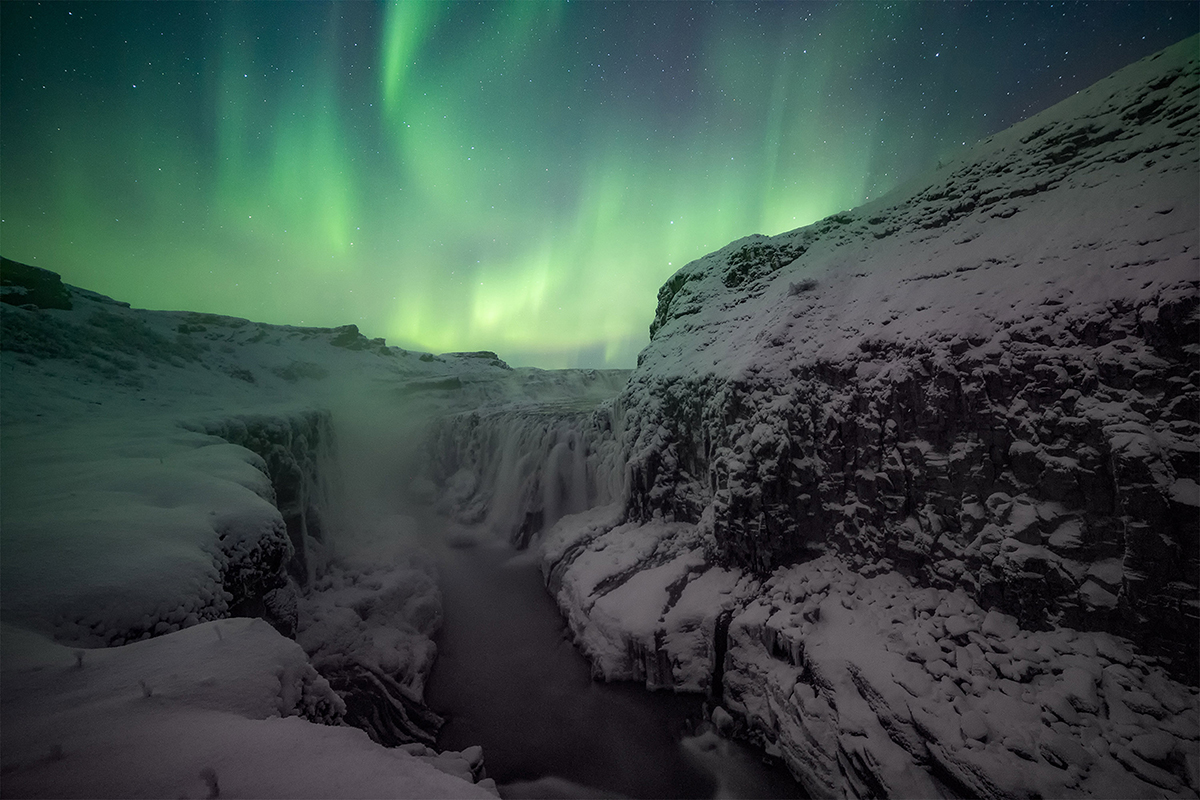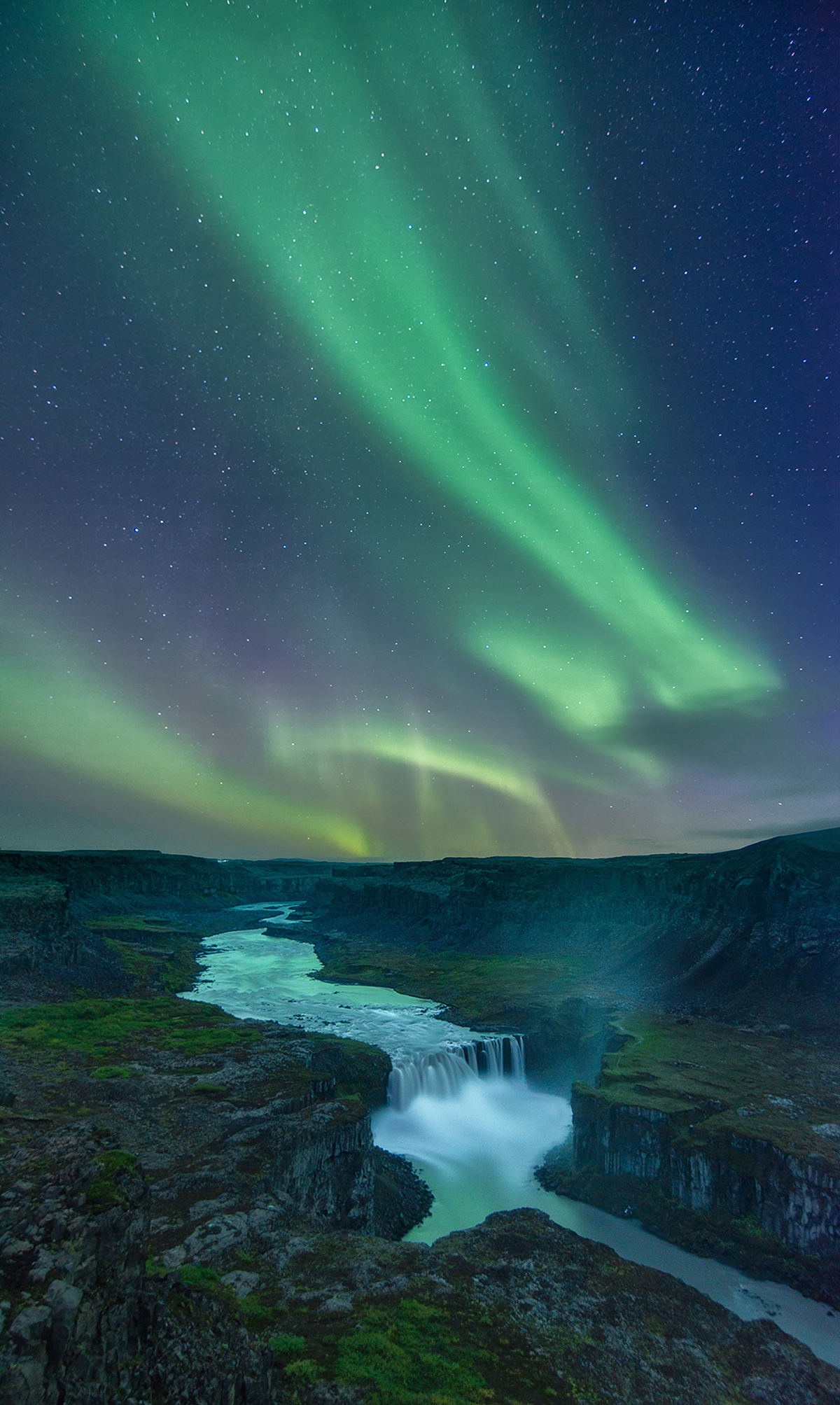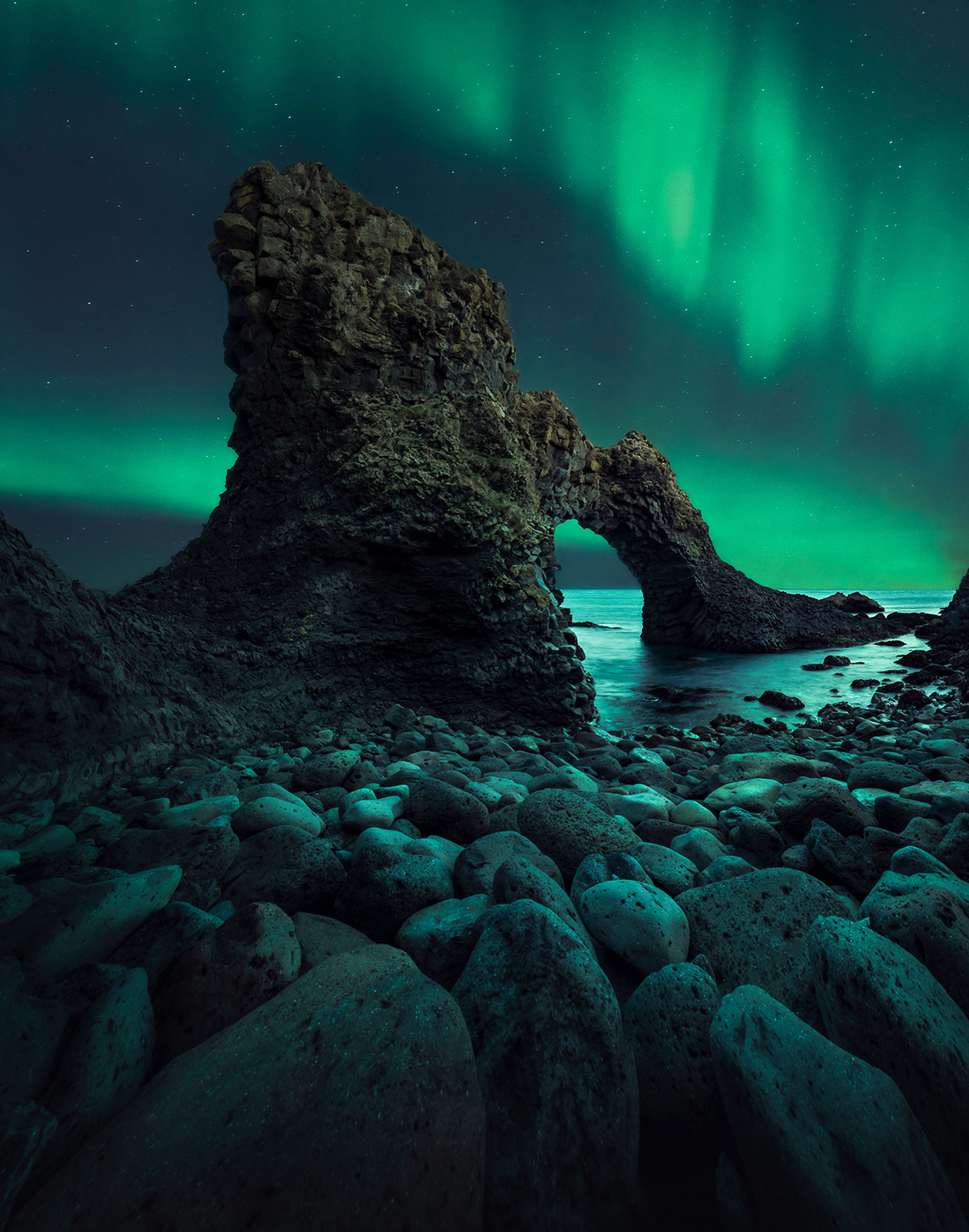Many people dream of seeing the Northern Lights one day. For photographers, the phenomenon known as Aurora borealis is not just a bucket list item; it’s a chance for the shot of a lifetime. Often shooting at night in freezing weather, these photographers must put all their astro and night photography skills to the test. The resulting images capture these otherworldly sights, as well as the beautiful locations over which the greenish lights dance. For the third year, editor and astrophotographer Dan Zafra of the website Capture the Atlas has curated the best 25 images of the enchanting lights from around the world. These images from the Northern Lights Photographer of the Year shortlist will satisfy your wanderlust this holiday season.
Some of the photographers whose images were chosen hail from Russia, Canada, and Iceland. These places are known for their stunning views of the Northern Lights due to their geographical proximity to the North Pole. For many photographers, the quest to get the perfect shot can take years. Sergey Korolev wrote of his shot Heavenly Dance, “I tried to shoot the Aurora here for a long time, and one day, I got lucky and captured this image.” Technically, he captured two images and composited them together so that both the dark rocks and illuminated skies were visible.
Such images take great skill and dedication. But in the end, they also require being in the right place at the right time. An image aptly named The Hunt’s Reward personifies one photographer’s quest in Tasmania to capture the lights over the South Pole. Photographer Ben Maze wrote, “Having been out of reception and civilization for over a day, fellow photographer Luke Tscharke and I had no idea the aurora would strike on this night. We’d just heard rumors of a potential solar storm. We could barely contain our excitement when the lights first showed up on our camera’s screens.” His stunning image also showcases the speckles of the Milky Way behind the sherbert-tinted glow of the aurora.
The Aurora borealis is frequently called the Northern Lights, and the celestial light shows can also be seen in the Southern hemisphere in sites like Tasmania where Maze got his shot. These Southern Lights are known as Aurora australis. Both Northern and Southern lights are caused by electrons colliding with Earth’s atmosphere. The negatively charged particles are drawn to Earth’s two magnetic poles; when they collide with the oxygen and nitrogen of the atmosphere, their energy is transferred to those particles. Those particles then emit the extra energy as light in the process of returning to their normal state. From Earth, this process manifests as the magical lights which move in ripples across the sky. The glowing phenomena come in a range of shades, from purple to green.
If you would like to see all 25 images from the Northern Lights Photographer of the Year shortlist, you can find them on Capture the Atlas. On the website, you will also find helpful photography tips—such as this guide to photographing the Northern Lights yourself.
Scroll down to see the shortlisted images for the Northern Lights Photographer of the Year, hosted by Capture the Atlas.
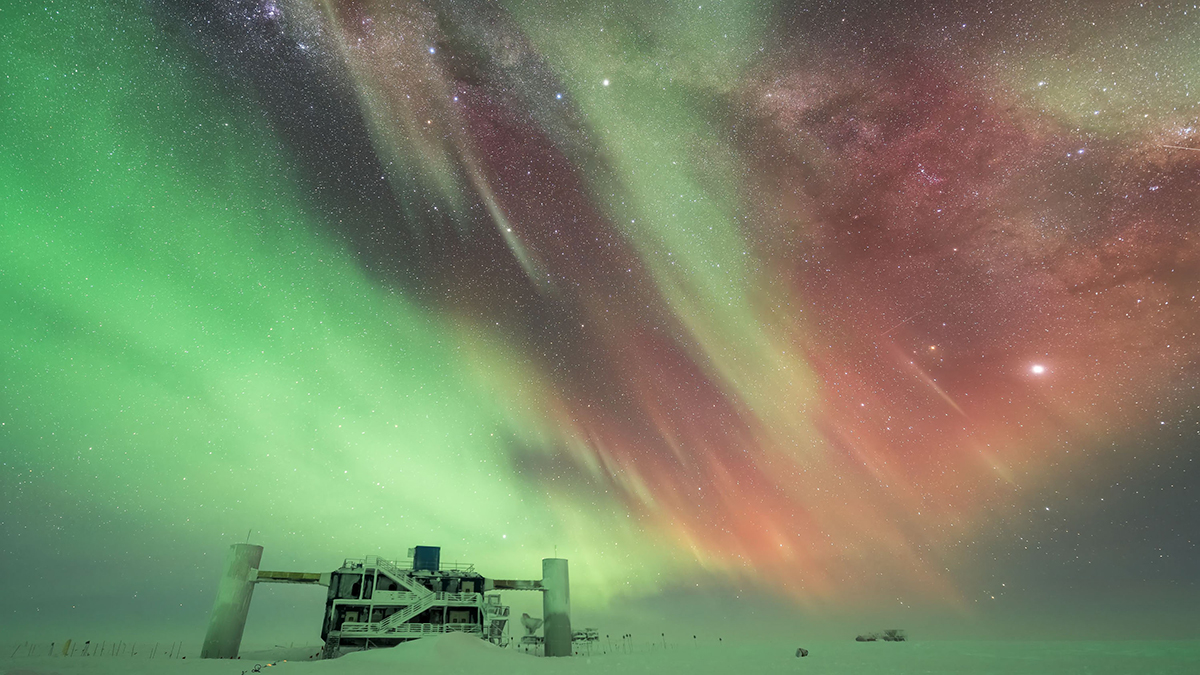
“Antarctic Night” by Benjamin Eberhardt, edit by Martin Heck (Timestorm Films | Instagram | Facebook | YouTube)

